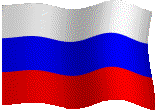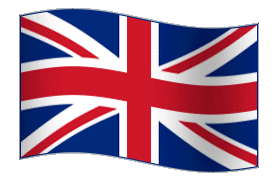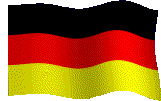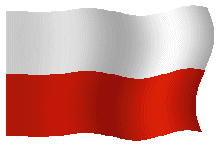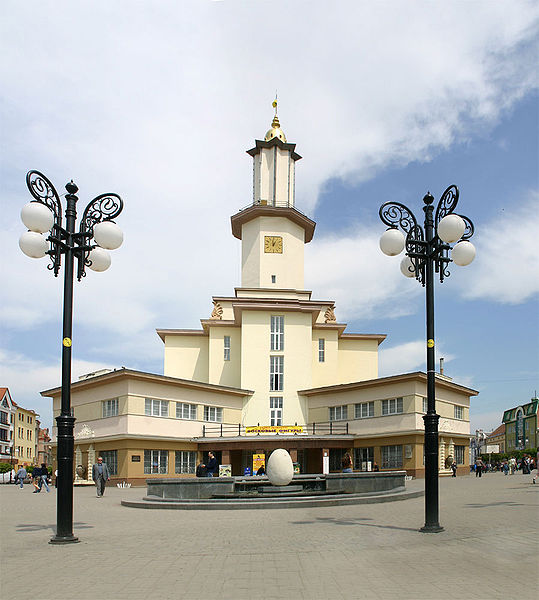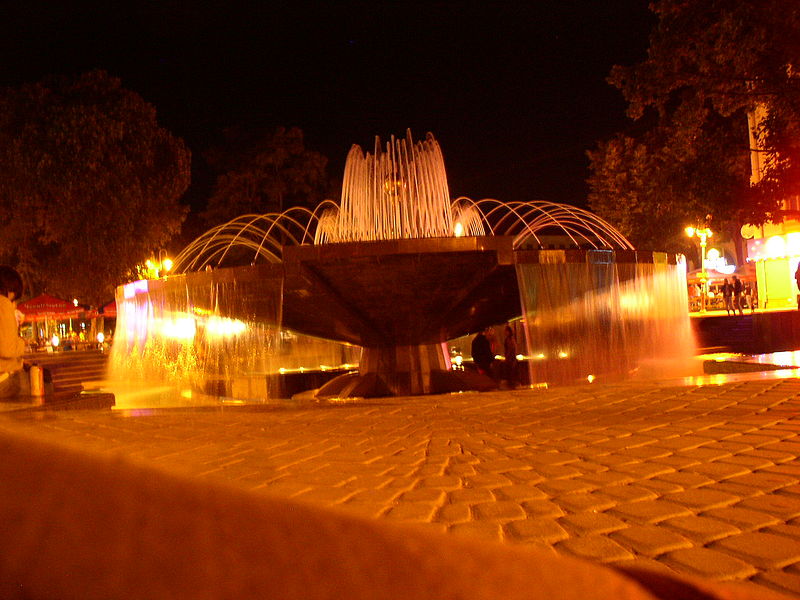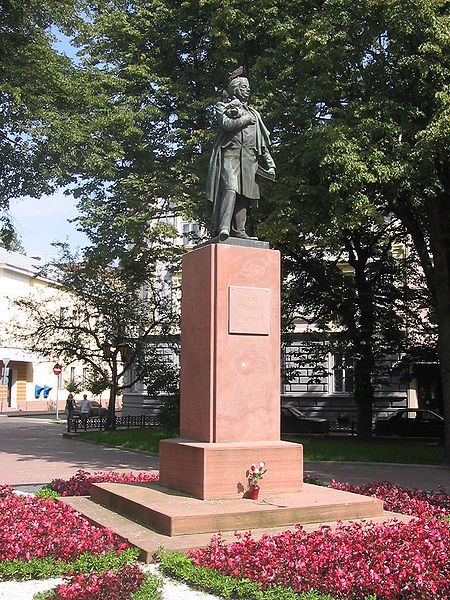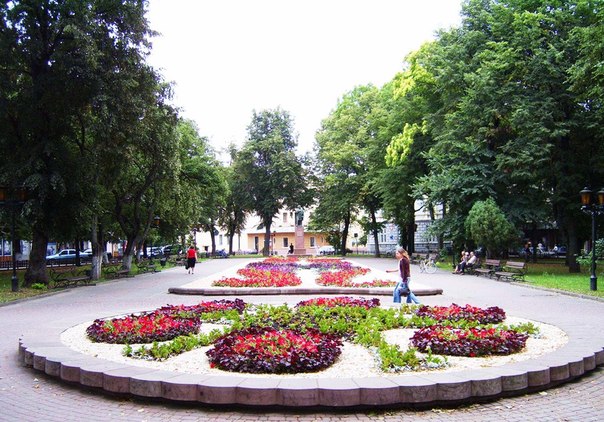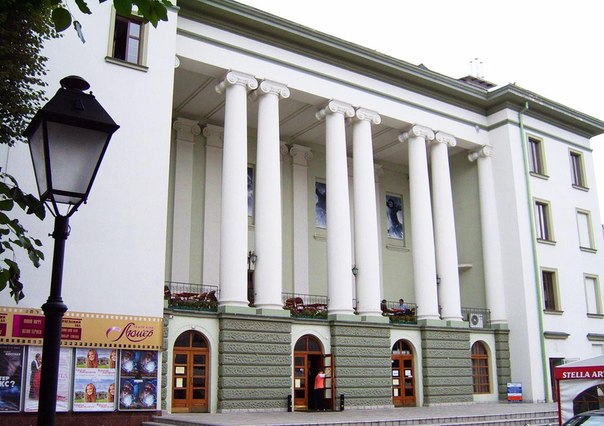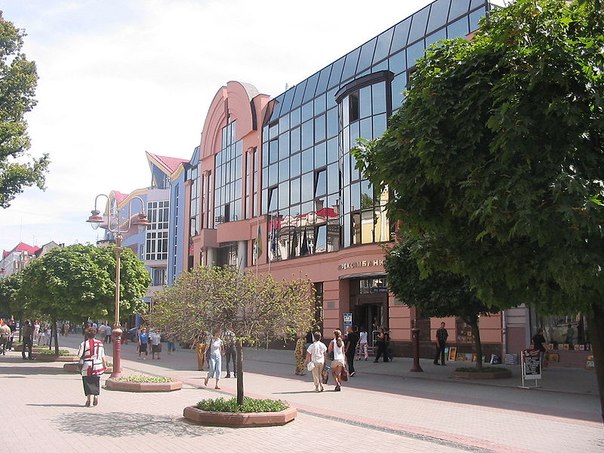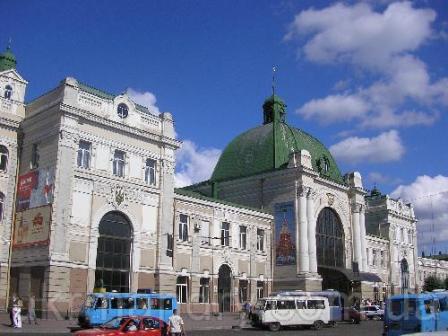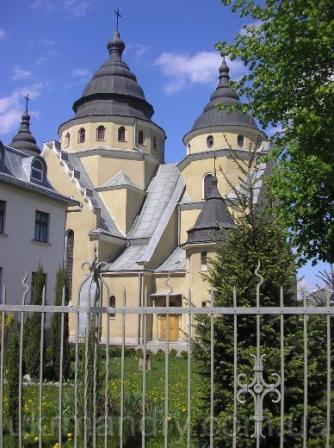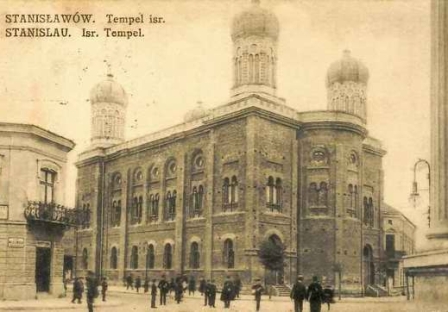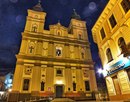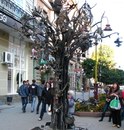In the two ancient villages Zabolottia and Kniahinin between the rivers Bistrica Solotvynska and Bistrita Nadvirnianska in the middle of XVII century was built fortifications. In 1662 in the area magnate Andrew Potocki established Stanislaviv be named in honor of his younger son. But other researchers believe it - too much honor for a young man. There is another, opposite version of the origin - not at all "earthly." A case of St. Stanislaus Kostka, a very pious boy who died from the disease in fifteen age. The cult of Saint spread in Poland in XVII century. At the time, almost every new-built church called his name. In the same year the city received Magdeburg right, that allowed people to create their own governments, guilds and craft unions, practice their religion.
In August 1663 the Polish King Jan Kazimierz legally confirmed the city of Stanislav Magdeburg Law and approved the emblem of the city as open the gate with three towers and a cross in the alignment of the gate. In 1665 was built a wooden building of the Armenian church. A year later the city had built the first wooden city hall. The population grew dramatically after the arrival of the Armenians, who adopted the Greek Catholic religion. Final settlement of the different communities formed in the fortress: Ukrainian and Poles lived in the northeastern part of the city, Armenians - in the South, Jews - in the west. In 1672 was built Potocki Palace and founded the parish church, which eventually was built Korassini F. and K. French architect Beno Ukrainian style, both monuments have survived to this day. XVIII century was marked by serious challenges for the city. The city passed from hand to hand polyaskym, Russian and Austrian troops. In 1772 the city finally took possession of the Austrian army and until 1918 the city was under their authority. In the middle of the XVIII century began feudal national-liberation movement Robin. So in 1740, in City Hall held court over Opryshko Fedor Paleychukom and other fellow Oleksa Dovbush - famous leader Robin.
At the beginning of the XIX century the city began a very big change, so in 1802 the Austrian government redeemed Stanislav and decided to destroy the fortification walls and ramparts, and gave the city hall at the disposal of the army, which turned it into the storage room and the city jail. There were intense work of demolition Stanislaviv fortress: dealt fortifications asleep by the fortress ditches, rozrivnyuvalysya shafts. Bond material was on the pavement of the old and new streets. In 1870 the foundation was laid of the new town hall, and a year later built a new city hall instead of the burnt wooden structure.
In September 1883 the city at the invitation of Władysław Dzvonkovskoho newly arrived Ivan Franko. He wanted to buy a piece of land and settle here with Michael Pavlyk and his sister Anna. With this plan did not work, and poet met Józefina Dzvonkovskoyu, Vladislav sister, who became his "proud Princess." He dedicated several poems and her novel "Do not asking ford." Franco wanted to marry Józefina and she, knowing that terminally ill, refused ...
"Was the second - hordaya princess, pale like a moon, silent and sad. Last and not available as holy, My cold hands she pushed and secretly whispered: "I do not live, so most die alone!" And silently disappeared where dark forever ... "
November 13, 1918 announced the formation of the Western Ukrainian Republic Harodnoyi (ZUHR).
January 1, 1919 Stanislav became the capital of the Western Ukrainian Republic Harodnoyi in connection with the move of the government originally from Lviv, Ternopil, and then from there to Stanislav. The next day, the first meeting of Ukrainian NATIONAL ZUHR which has its president Eugene Petrushevych. In early April 1919 in the city was the first president of UHR, a prominent Ukrainian historian Hrushevsky. In May, under the pressure of superior forces of the Polish Army General Hallyera Ukrainian Galician Army retreated from Zbruch and government ZUHR leave Stanislav. End of May 1919 Stanislav occupied Polish troops. June 11, 1920 the city came to a representative delegation of the Entente to sign a memorandum of accession of Eastern Galicia to Polish gentry. Land officially began to be called Little Poland.
In 1962 the city of Stanislav was renamed Ivano-Frankivsk in honor of the genius of Ivan Franko, whose life and work are inseparably connected with the city.
Reconstructed areas, streets, squares in a new way revealed the face of the city, which the past 340 years. Passing a modern city, you can get acquainted with the history of ancient Stanislavov for three centuries and see the Palace complex Potocki - the founders of Stanislav, market square with town hall - an example of medieval urban planning; Sheptytsky square with a church, cathedral and ancient gymnasium - the spiritual center of ancient city in baroque, city walls, to touch fortification Stanislaviv fortress, which was a work of fortification art of medieval Europe in Memorial Square to hear a top private life of John Frank - his second love "proud Princess."
Fans of sacred tourism please update Sheptytsky area: one of the oldest buildings - the Renaissance parish church (1703), which was once a family prayer and burial Counts Potocki. Now it operates Art Museum, where the focus valuable monuments Galician baroque iconography and culture of classic western i Central European art. It was built to the 2000 anniversary of Christianity elegant rotunda with a fountain i figure of the Virgin Mary and the building of former Jesuit church (1763), now more known as the Cathedral of Holy Resurrection Church. Armenian Church (1762), which in Soviet times it housed Museum of Religion and Atheism now - Holy Protection Cathedral Ukrainian Orthodox Church. Here at the beginning of XVIII century in one of the icons from the eyes of the Virgin Mary began to drip tears. A copy of the icon is on the tongs of the church and the original taken in 1944 to Poland. Also: synagogue, monastery Ursulyanok; Basilian monastery, monument to Christ the Savior ...

